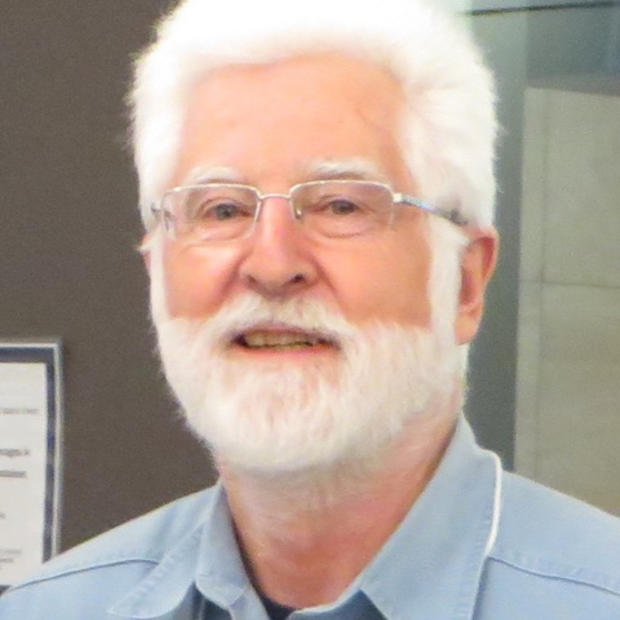There was a lot of wisdom — which she pointed out a couple times looked a lot like common sense — in the data Kati Haycock, president of The Education Trust, presented to the League of Education Voters in a speech at the downtown Seattle Library Monday night. It was not good news for our state.
The Education Trust is a highly respected nonprofit out of Washington, D.C., which 'êpromotes high academic achievement for all students at all levels,'ê skillfully mining education'ês trove of data to support its policy recommendations. Haycock was keynote speaker for an LEV event designed to thank the troops who helped pass the new basic education act, ESHB 2261, and energize them for the years of trench warfare ahead to fund and keep the promises only outlined so far.
The story Haycock tells with her PowerPoint graphs is profound. Nationally, elementary and middle school achievement is rising and the achievement gap closing — but not in Washington State. High schools: not so good anywhere. You can find it all linked from this LEV page: this LEV page or at The Education Trust web page.
Here are a few points worth keeping in mind:
1. Remedial courses (some would call them 'êdumbed-down'ê) for kids who enter high school unprepared (some might call them 'êat risk'ê) aren'êt the best way to keep these kids in school, giving them a shot at graduation. Not at all. Haycock'ês data show that these kids are more likely to stay in school when challenged by placement in rigorous academic classes just like everyone else. To that, the ghost of the late Mike Riley, former superintendent in Bellevue and a huge advocate of expanding use of the Advanced Placement curriculum, would whisper, 'êTold you so.'ê Haycock'ês explanation: It gives them something to strive for.
This finding is a reminder of something common in education: the systemic under-valuing of kids'ê intelligence. This pattern hits all kids, as every parent knows, but is worse for kids of class and color different from their teachers, as Haycock'ês data demonstrated once again.
2. The National Assessment of Educational Progress (NAEP) is a better test than the WASL. That'ês because the WASL lies to us. It lets us think we'êre better than we are. The NAEP is administered to statistically valid populations of students all over the country and the results tell us how Washington compares nationally. It'ês not pretty. For example, the WASL claims that in 2007 65 percent of African American fourth graders were proficient readers. But the 2007 NAEP results find only 20 percent met the standard of proficiency set by the federal government. The figures for white kids were 82 percent on the WASL and 41 percent on the NAEP.
Compared to other states, Washington tends to fall in the middle third of scores nationally on the NAEP tests. Problem is, with the WASL, we'êre setting our own finish line. It'ês as though in the 100-yard dash our children'ês times were taken when they passed 80 yards. We'êd have a better picture of how our kids were doing if state Schools Superintendent Randy Dorn just took the money Washington spends on the WASL and paid the Department of Education to give the NAEP to all our fourth- and eighth-grade students. That would be real WASL reform.
3. Among the current (and valid) big issues in education is the hue and cry and hope for a quality teacher in every classroom. One of Haycock'ês graphs showed that Washington has a long way to go to get there. In this state, one fourth of all academic classes grades 7-12 are taught by teachers with neither a college major or certification in the subject they are teaching. That's fourth worst in the country, ahead of only Arizona, Alaska, and Louisiana — an uncanny factoid showing again that John McCain, Sarah Palin, and Bobby Jindal have a lot in common. Not something we in Washington should want to share.


